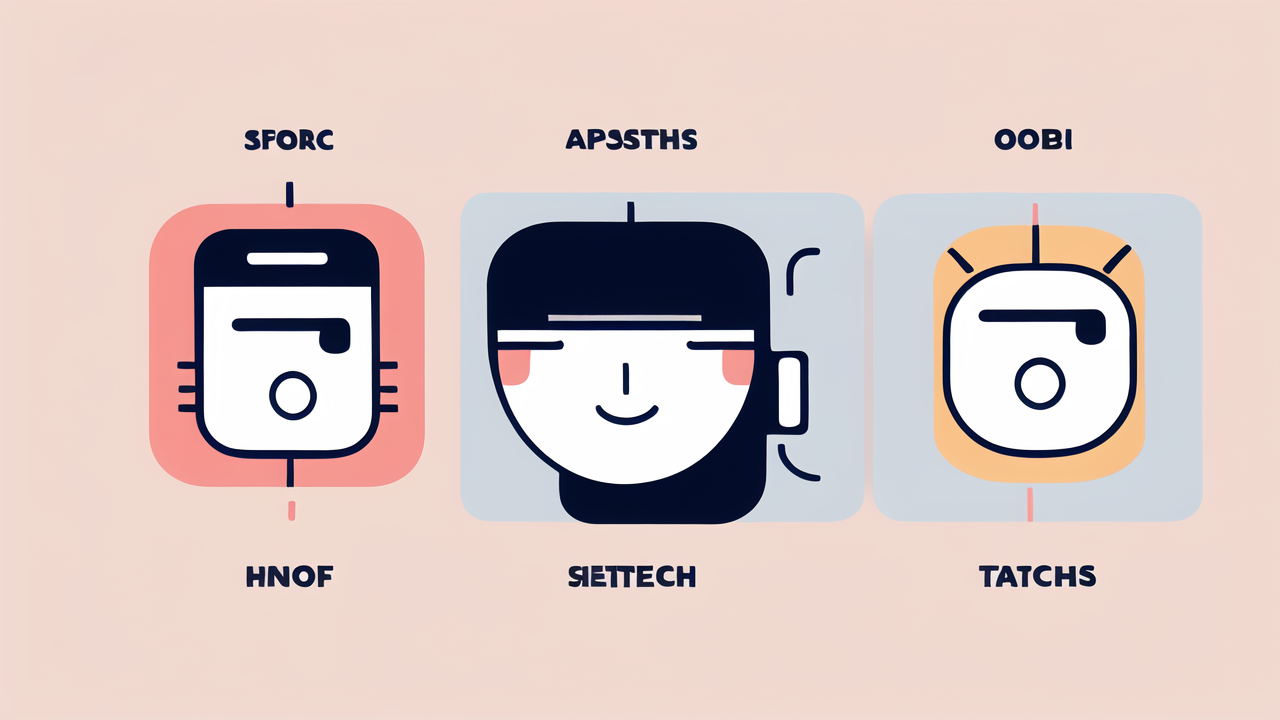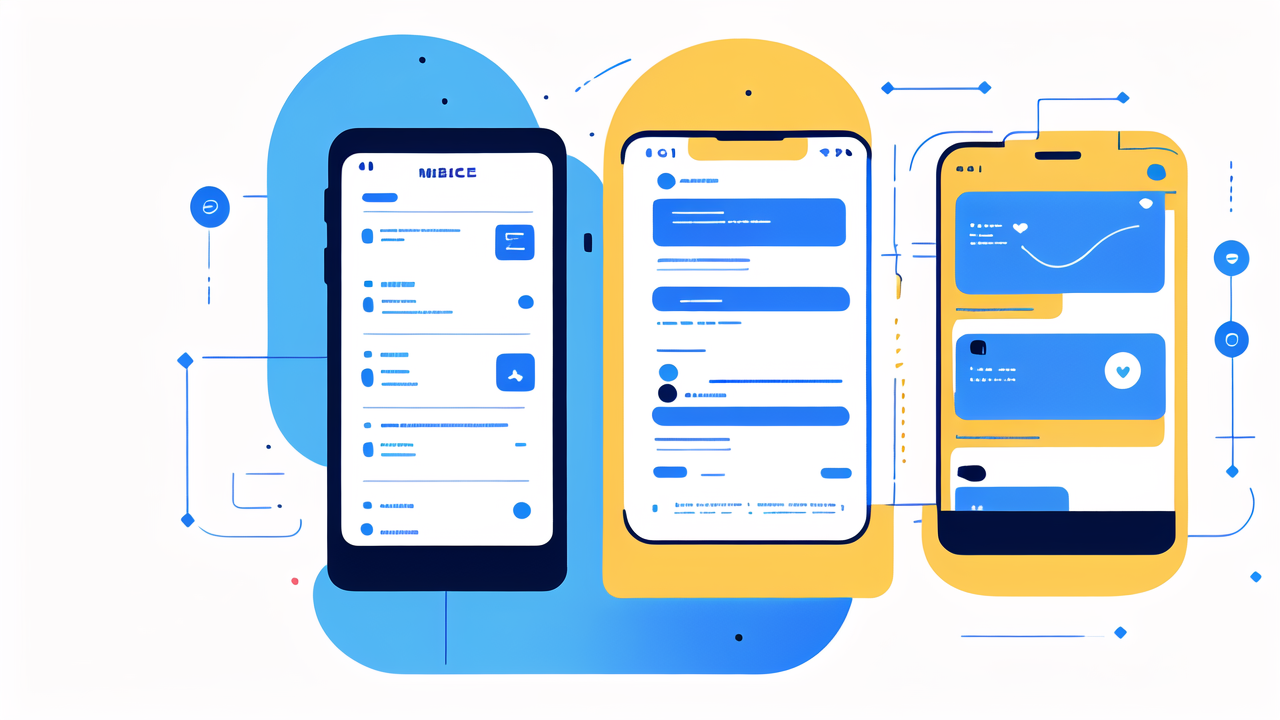Understanding Wearable Technology: An Overview
The Evolution of Wearable Fitness Devices
Wearable fitness devices have come a long way. They started as simple pedometers. Now, they're advanced health trackers. Early models only counted steps. Today's devices do much more. They monitor heart rate, sleep patterns, and even stress levels.

The first digital fitness tracker came out in 2006. It was basic but revolutionary. It paved the way for smarter devices. By 2010, we saw the rise of smart watches. These combined fitness tracking with smartphone features.
Now, wearables are sleek and powerful. They use advanced sensors and AI. Some can detect falls or irregular heartbeats. The evolution continues with new features being added regularly.
How Wearable Technology Measures Body Metrics
Wearable tech uses various sensors to track body metrics. These sensors are small but mighty. They collect data on movement, heart rate, and more.
Accelerometers measure movement and steps. Optical sensors track heart rate. Some devices use bioimpedance to measure body composition. GPS chips track location for outdoor activities.
More advanced wearables use ECG sensors. These can detect heart rhythm issues. Some even measure blood oxygen levels or skin temperature. The data is then processed by algorithms. This turns raw numbers into useful health insights.
The Intersection of Fashion and Technology in Wearables
Wearable tech isn't just about function. It's also about style. Designers are making devices that look good. They want people to wear them all day, every day.
Early fitness trackers were bulky and plain. Now, they come in various styles. Some look like jewelry. Others blend in with everyday accessories. Smart watches offer customizable faces and bands.
Fashion brands are partnering with tech companies. They create stylish wearables. These appeal to fashion-conscious consumers. The goal is to make tech that people want to wear, not just use.
The Impact of Wearable Technology on Health and Wellness
Enhancing Lifestyle Management with Wearable Devices
Wearable devices are changing how we manage our health. They provide real-time data about our bodies. This helps us make better choices every day.

These devices track physical activity. They remind us to move more. Many people find this motivating. It can lead to more active lifestyles. Some trackers also monitor sleep. This helps users improve their sleep habits.
Wearables can track diet and hydration too. They sync with apps to log meals. Some even estimate calorie burn. This gives a full picture of energy balance. Users can set goals and track progress easily.
Stress management is another benefit. Some devices measure stress levels. They offer breathing exercises or meditation guidance. This helps users manage their mental health too.
Wearable Technology in Professional Healthcare Settings
Healthcare providers are embracing wearable tech. It offers new ways to monitor patients. Doctors can get more data between visits. This leads to better care.
In hospitals, wearables track vital signs. They alert staff to changes quickly. This can prevent complications. Some devices monitor patients at home. They send data to doctors remotely.
Wearables help with chronic disease management. Diabetics can track blood sugar levels constantly. Heart patients can monitor their rhythms. This data helps doctors adjust treatments.
Research uses wearables too. They collect data for studies. This helps scientists understand diseases better. It could lead to new treatments or prevention methods.
Data-Driven Decision Making in Health and Wellness Programs
Wearable tech generates lots of health data. This is changing how we approach wellness. Companies and insurers use this data to create better programs.
Wellness programs now use personalized data. They set individual goals based on activity levels. Some offer rewards for meeting health targets. This motivates employees to stay active.
Insurers use data to offer lower rates. People who are more active may pay less. This encourages healthier lifestyles. It's a win-win for insurers and customers.
Healthcare providers use data to spot trends. They can see which interventions work best. This leads to more effective treatments. It also helps prevent health issues before they start.
Navigating the Market: Best Practices for Consumers and Healthcare Providers
Selecting the Right Wearable Technology for Your Needs
Choosing a wearable device can be overwhelming. There are many options. It's important to consider your specific needs.

First, think about what you want to track. Do you need basic step counting? Or do you want advanced health metrics? Some devices focus on fitness. Others are better for overall health monitoring.
Consider your lifestyle too. Are you an athlete? You might need a rugged device with long battery life. If you're more casual, a simpler device might work.
Look at compatibility with your smartphone. Make sure the device works with your phone's operating system. Also, check if it syncs with health apps you already use.
Battery life is crucial. Some devices need daily charging. Others can last a week or more. Think about how often you're willing to charge your device.
Integrating Wearable Technologies with Healthcare Systems
Healthcare systems are working to integrate wearable data. This can improve patient care. But it comes with challenges.
Many hospitals now accept data from wearables. It can be added to electronic health records. This gives doctors a more complete health picture. But systems need to be secure and compatible.
Doctors are learning to use this data effectively. They need training to interpret wearable metrics. Not all data is equally useful or accurate. Providers must know what to trust.
Privacy is a big concern. Health data is sensitive. Systems must protect patient information. They need strong security measures. Patients should understand how their data is used.
Some healthcare systems create their own apps. These work with popular wearables. They help patients share data directly with their doctors.
The Future of Wearable Technology: Trends and Predictions in the United States
The future of wearable tech in the US looks bright. We can expect more advanced features. Devices will become even more integrated into healthcare.
Artificial intelligence will play a bigger role. AI can analyze data more deeply. It might predict health issues before they happen. This could revolutionize preventive care.
We'll likely see new types of wearables. Smart clothing might become more common. Implantable devices could monitor health from inside the body.
5G networks will make wearables more powerful. They'll be able to send more data, faster. This could enable real-time health monitoring.
Privacy laws will evolve. They'll need to keep up with new tech. Consumers will demand more control over their health data.
Wearables might help manage more conditions. Mental health tracking could improve. Devices might monitor air quality or UV exposure.
The line between consumer and medical devices may blur. More wearables could get FDA approval. This would make them valid tools for diagnosis and treatment.




Leave a comment
This site is protected by hCaptcha and the hCaptcha Privacy Policy and Terms of Service apply.